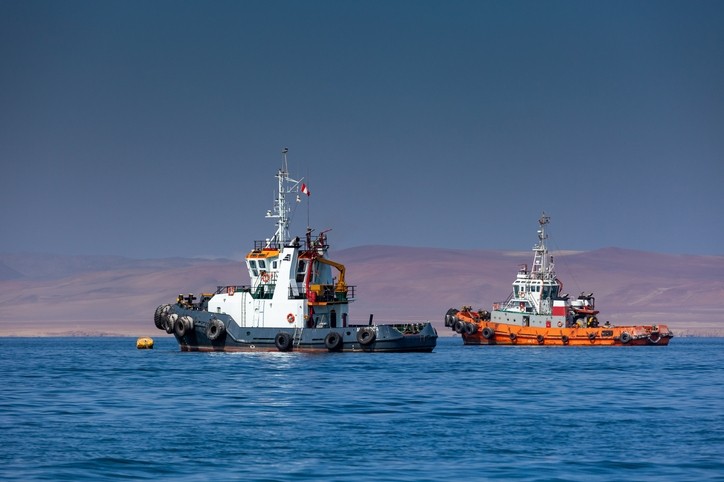Marine ingredients organization IFFO calls Peru’s decision to cancel the critical first anchovy fishing season ‘wise’

The ministry’s decision came after its officials had analyzed the recommendations of the Peruvian Sea Institute, Imarpe, following on from an exploratory fishing exercise.
On June 1, 2023, the Peruvian authorities said the first fishing season of anchovy and white anchovy in the north-centre of the country for 2023 would start with an exploratory fishing exercise of seven days, which got underway on June 3. The fishing season would continue after the fact-finding phase only if the outcome was favorable. But Imarpe's analysis determined that the fish landed in the first three days of exploratory fishing were small, with a high incidence of juveniles.
Enrico Bachis, IFFO’s market research director, was not surprised by the fishing season being called off: “We were clear about what was going to happen after fishing companies decided to voluntarily suspend their operations due to the high incidence of juveniles after five of the seven days of exploratory fishing granted by the authorities. The decision of the fishing union and the government is wise; this [cancellation] will allow the anchovy to safely reproduce.”
The Peruvian officials expect to conduct a further investigation of the anchovy biomass in two to three weeks’ time.
“Even if anchovy conditions improved in the next two to three weeks, there wouldn't be much time to fish before the spawning begins in July/August. Let's see whether the fishing season at the end of the year goes any better,” continued Bachis.
The announcement is of strategic importance to the marine ingredients industry given that Peru has accounted for, on average, 20% of global fishmeal and fish oil production over the past decade.
Market impact
Looking to the impact on the market, the IFFO executive said: “In the present circumstances, the market is expected to self-regulate: the available fishmeal and fish oil, the volumes of which will probably be lower than in 2022, will go to [which ever buyer] enjoys the highest purchasing power.
“Marine ingredients utilization is influenced by market forces. The ingredients are diverted to those markets that can afford to pay the highest price for them. Three quarters of fishmeal and fish oil are used in aquaculture. For fishmeal, the likely targets will be the aquaculture species with the highest profit margins and the pet food sector.
“China, which accounts for around 40% of global fishmeal consumption, continues to enjoy a good stock of fishmeal: we are ruling out major shortage problems for the ingredient. However, China is expected to import less in 2023 versus 2022 since the majority of its fishmeal comes from Peru.”
He forecasts that, overall, this will be a year with lower production in Peru but with other regions showing good growth prospects.
“Historically, indeed, El Niño negatively affects the production of fishmeal and fish oil in the Americas but benefits other regions. It is difficult to say now what the global tonnage of fishmeal and fish oil will be as there are many regions where the second part of the year is the most important for the production of marine ingredients.”
Price increases
Also reacting to the Peruvian developments was aqua feed producer, Skretting.
Therese Log Bergjord, Skretting’s CEO, told us the company had already forecast a potential fishmeal and fish oil shortage this year and thus put a contingency plan in place. Nevertheless, it is not all smooth sailing.
“We had expected a low quota for this season and, therefore, have already sought alternative sources. However, we will not be able to absorb all the price increases from other sources of marine ingredients or other raw materials that will rise as a consequence of this [development].”
Though Skretting can leverage its feed formulation expertise to minimize the impact for its customers of any hike in feed prices, she stressed.
The feed manufacturer has built up significant R&D knowledge over the past decade in terms of substitution of raw materials to avoid any negative impact on fish performance.











